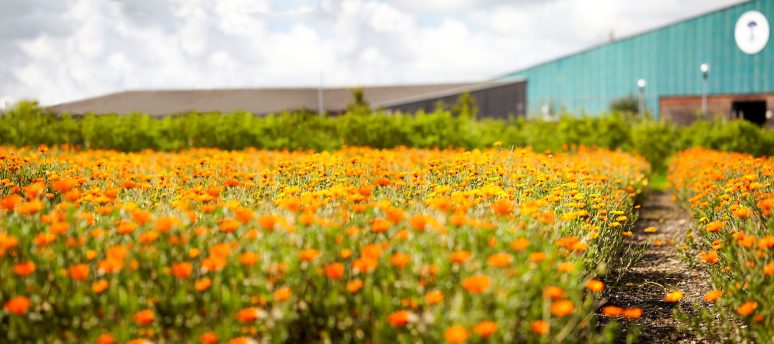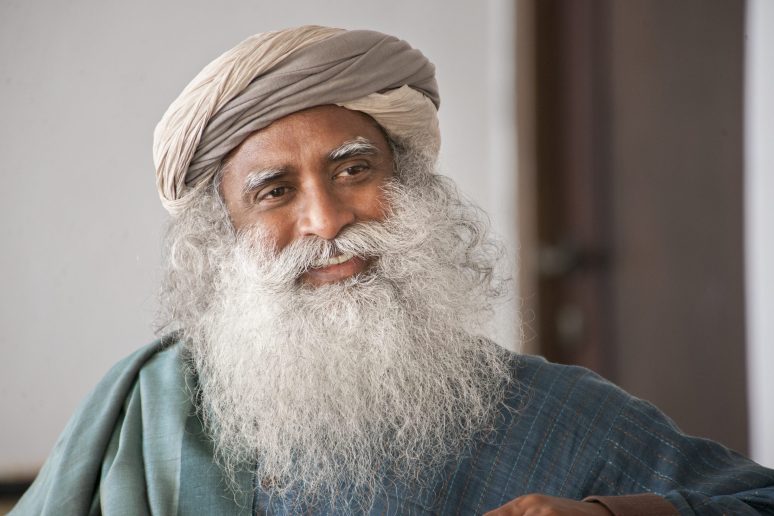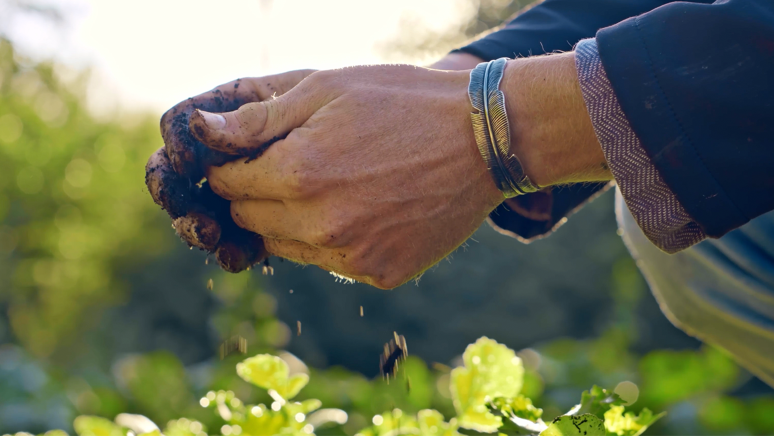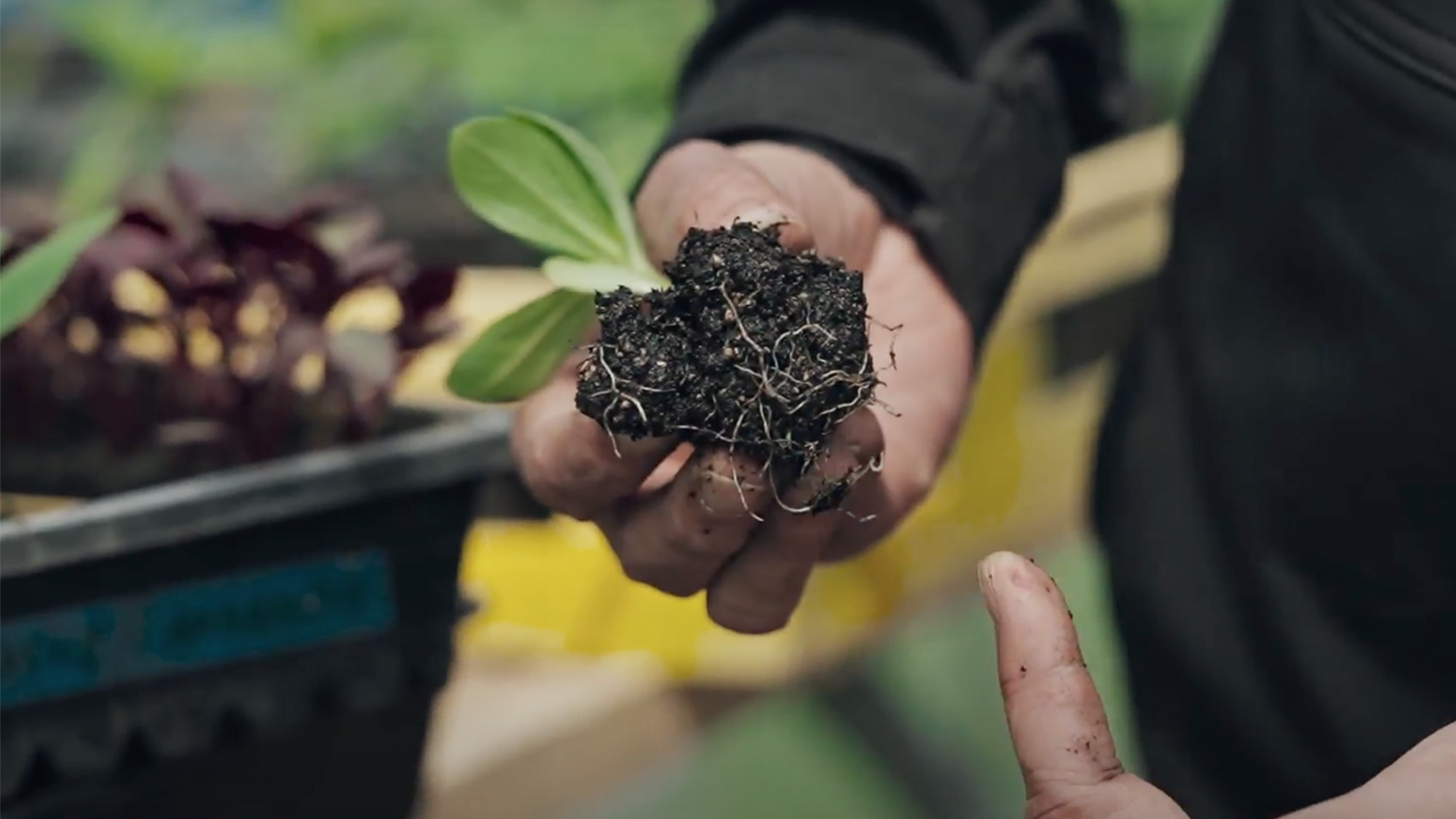
The Magic Complexity of Soil and Soil Health
Diving Deeper into Soil Health
In alignment with World Soil Day, Earthed and Farmacy came together to highlight the pivotal role soil plays in building healthy ecosystems, healthy food, and healthy people. Farmacy is a Founding Partner of the Earthed charity, championing the belief that ‘food is medicine’ and advocating for local, organic and biodynamic farming. The following is an extract from their latest publication, Manifesto on the Future of Food. This insurgent manifesto traces a path from the health of the soil to the health of human beings, with food as the connecting agent between our mental, physical and planetary wellbeing.
The thin, porous blanket of soil between the Earth’s crust and its atmosphere is the alchemical chamber that gives rise to 95% of humanity’s food.
And the soil provides more than food. It filters and regulates water as it travels through the ground into aquifers, rivers and streams. It is the largest active carbon pool after the ocean, holding more carbon than all plant life on the planet.
Soil accomplishes all of this because it is not a dead medium for roots, containing trace minerals and little water. Soil is alive, a bustling community of organisms whose intricacy boggles the mind.
The nation that destroys its soil destroys itself.
—President Franklin D. Roosevelt, Letter to State Governors on February 26, 1937
We have often mistake soil for dirt. But the most contemporary science is revealing soil to be perhaps the most fascinating and complex of all ecosystems, as diverse and abundant as a tropical rainforest or a coral reef. Nowhere in nature are species so densely packed as under our heels. In English soils, 90% of species haven’t yet been named. A pinch of healthy soil can contain kilometres of branching fungal filaments and a billion bacteria. Entire branches of the tree of life are represented in a single handful of earth.
Despite being the ecosystem most essential to human life, soil wasn’t even recognized as one until recently.
Leonardo da Vinci remarked that we know more about the celestial bodies than the miniature bodies beneath our feet. This remains true to some extent. Despite being the ecosystem most essential to human life, soil wasn’t even recognized as one until recently. In the last decade, scientists have realised that the soil is not only an ecosystem, but a vast biological structure, an intricate matrix created by the very organisms that live in it, in the same way as a beaver’s dam or a beehive, only dramatically more complex.
At the smallest level, bacteria convert carbon from the air. They use it as glue to stick together bits of dirt in forming tiny chambers to call home. Other soil creatures then build those chambers into bigger ones. Then the giants of the soil, creatures visible to the naked eye such as worms and ants, build those pockets into still larger ones. All of this is going on at once and is fractally scaled. The soil has the same pattern to its structure no matter what magnification you look at it at, whether you zoom in or out.
These features make living soil an extraordinarily resilient matrix. The density and variety of organisms allows it to adapt to changing conditions. Healthy soil stays on the land when it rains and when the wind blows. Were it just a passive heap of rock and dust the rain would sweep it away.
The emerging understanding of soil emphasises ecology, the science that studies the relationship between living things.
Today biologists know that soil fertility is as much a function of its ecology as of its chemistry. Plant growth is driven by a bustling exchange of stimuli and substances among many organisms. As the root hair of a plant makes its way into a lump of soil, it releases highly specific chemical signals. This is its language for communicating to a select group of bacteria. The chemical message wakes the target bacteria from a hibernation state, and the microorganisms multiply wildly around the root.
Thus the plant creates alliances with fungi and bacteria that forage about the soil — both nearby and miles away — for the minerals the plant needs. They then rush back to the surface of the root to exchange these for the sugars that the plant derives from its own traffic with the sun. The magic we call photosynthesis. In addition to the building blocks of plant nutrition, this symbiotic relationship also provides the plant with growth hormones and immune stimulation.
This is the handshake that is at the heart of life on Earth. The energy that plants harvest from the sun is put into the web of life of the soil in the form of carbon. The plants in turn receive the minerals they require from the microorganisms that make their home in the soil. The soil biome is teeming with bacteria, fungi, protozoa and nematodes that carry out this dance. This system has fed plants for 460 million years. It generates everything from the great forests to the vast grasslands of the world.
The living mantle of the soil biome is — in both historical and practical terms — the cradle of civilization. For all our achievements as a species, we owe our existence to these few inches of soil.
But our soil is hurting. In the last 30 years, roughly a third of the Earth’s arable land has been lost to erosion and pollution. Twenty-four billion tons of fertile soils slip away from the land managed for human food production each year. A loss of 3.4 tonnes for every person on the planet, every year, year after year. This is estimated to cost the world economy $400 billion per year, but the real loss is unquantifiable.
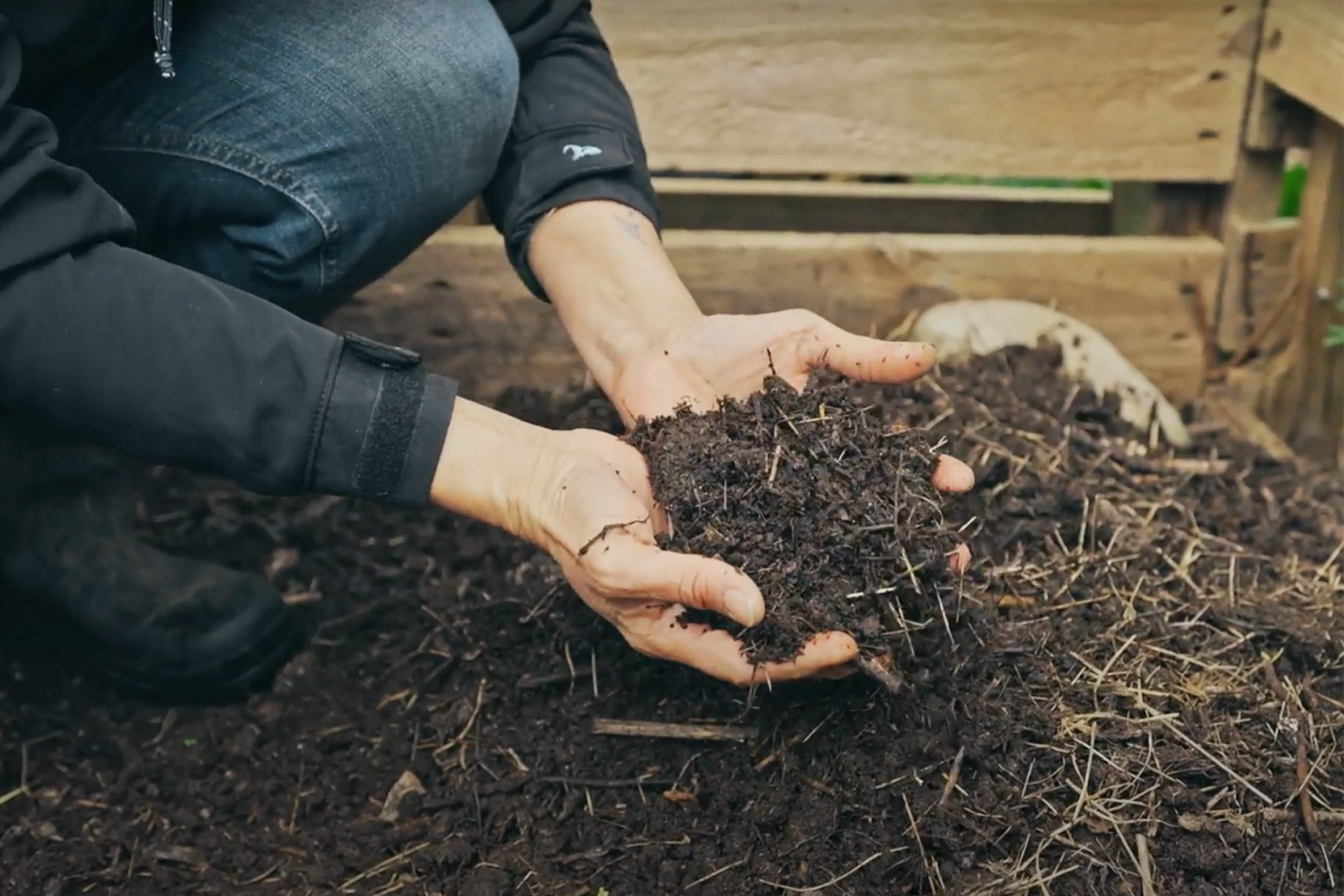
What soil remains is losing its life and releasing the carbon it holds into the air. When soil ecosystems begin to die, all the parameters of fertility — depth, internal drainage, acidity levels, moisture retention and more — fall out of health.
This is no small predicament. The loss of soil health and vitality has led to the demise of civilizations before our own. But to understand what to do about it, we must understand the particular inventions and imperatives that brought us to where we are today.
In alignment with World Soil Day, Earthed and Farmacy came together to highlight the pivotal role soil plays in building healthy ecosystems, healthy food, and healthy people. Farmacy is a Founding Partner of the Earthed charity, championing the belief that ‘food is medicine’ and advocating for local, organic and biodynamic farming. This is an extract from their latest publication, Manifesto on the Future of Food. This insurgent manifesto traces a path from the health of the soil to the health of human beings, with food as the connecting agent between our mental, physical and planetary wellbeing.
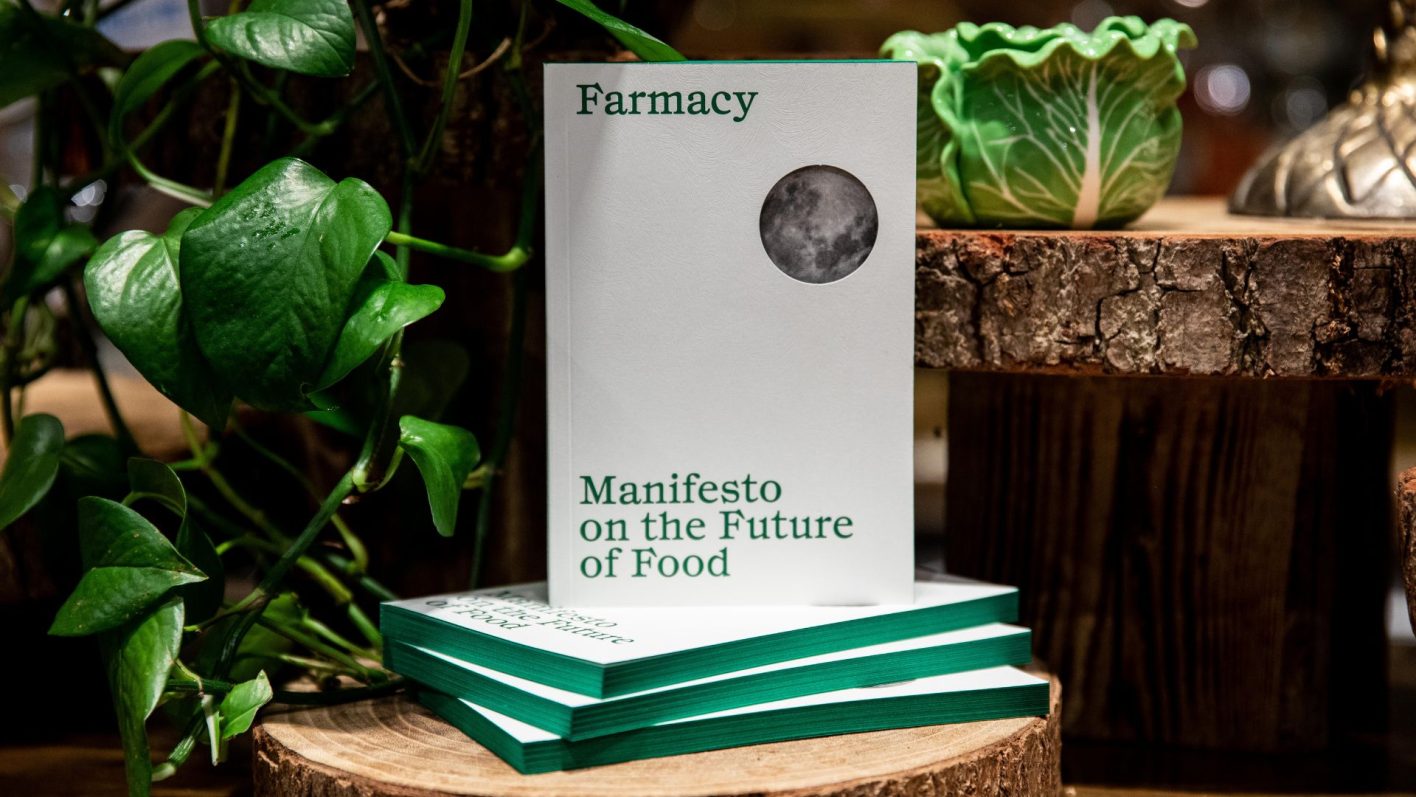
About Earthed
Earthed is the nature skills platform for a global community learning from and for nature. The charity exists to galvanise and support a peer-driven, mass mobilised ecosystem restoration movement by giving anyone, anywhere, access to the skills, networks, and funds they need to restore nature and grow food. Together, the growing Earthed community will mainstream restoration knowledge, help fund community-oriented regeneration projects, build back biodiversity, restore soil health and degraded ecosystems, localise food systems, and help every balcony, city, farm, and river burst with life.
About Farmacy
Restaurant, farm, shop, and foundation, Farmacy has become renowned for its innovative, nutritionally curated and organic dishes, with ‘living food’ recipes that are good for human health and sustainability. Farmacy champions the belief that ‘food is medicine’ and advocates for local, organic and biodynamic farming. The ‘Farm’ in Farmacy is grounded in the Kent countryside. It’s a Demeter-certified biodynamic plot of land, growing vegetables, fruits and herbs, which are delivered weekly to the Notting Hill restaurant by electric van. As well as championing a regenerative approach to agriculture, Farmacy is passionate about creating educational initiatives to share this knowledge of biodynamics and set individuals and families off on their own journeys towards deep health and personal sovereignty.
Already a member of Earthed?
Head to our Earthed Courses and start learning from restorers around the world. Not sure what the best course for you is? Start a discussion in our community area!
